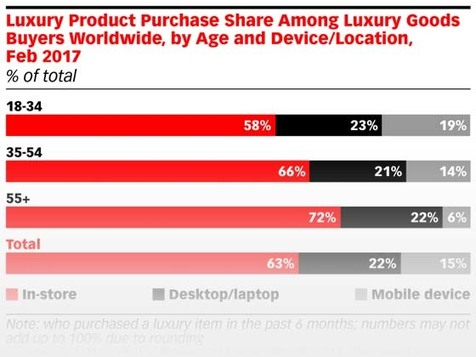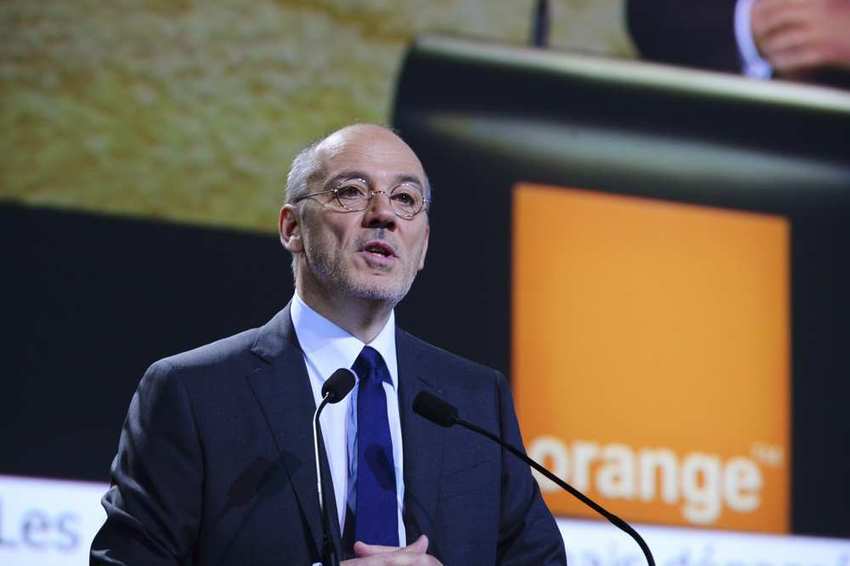Facebook Shuts Down AI System After Bots Language Humans Can’t Understand
Days after Tesla CEO Elon Musk said Facebook co-founder Mark Zuckerberg's understanding of artificial intelligence (AI) was limited, the social media company has reportedly shut down one of its AI systems because "things got out of hand." The AI bots created their own language, from the scratch and without human input, forcing Facebook to shut down the AI system. The AI bots' step of creating and communicating with the new language defied the provided codes. According to a report in Tech Times on Sunday, "The AI did not start shutting down computers worldwide or something of the sort, but it stopped using English and started using a language that it created." Initially the AI agents used English to converse with each other but they later created a new language that only AI systems could understand, thus, defying their purpose. This led Facebook researchers to shut down the AI systems and then force them to speak to each other only in English. In June, researchers from the Facebook AI Research Lab (FAIR) found that while they were busy trying to improve chatbots, the "dialogue agents" were creating their own language. Soon, the bots began to deviate from the scripted norms and started communicating in an entirely new language which they created without human input, media reports said. Using machine learning algorithms, the "dialogue agents" were left to converse freely in an attempt to strengthen their conversational skills. The researchers also found these bots to be "incredibly crafty negotiators". "After learning to negotiate, the bots relied on machine learning and advanced strategies in an attempt to improve the outcome of these negotiations," the report said.









